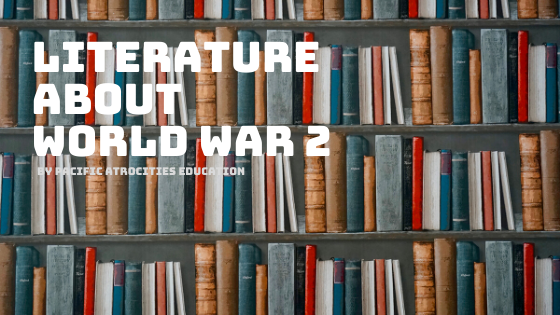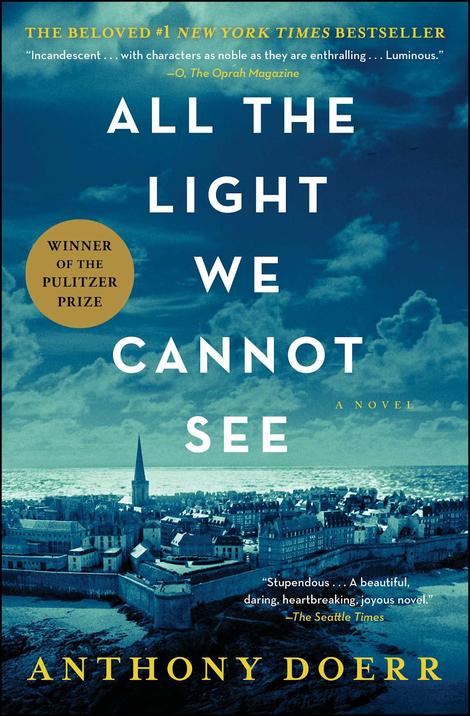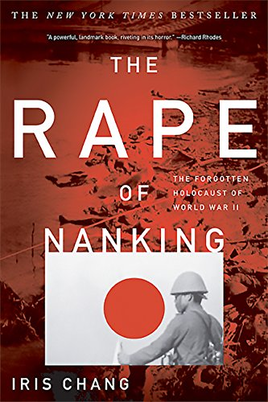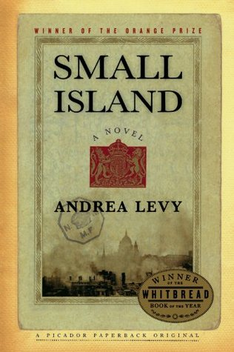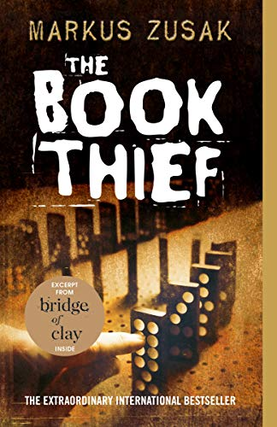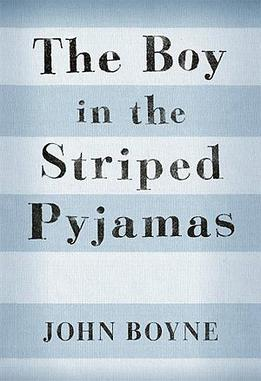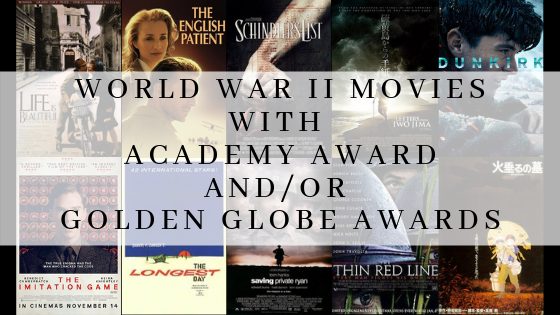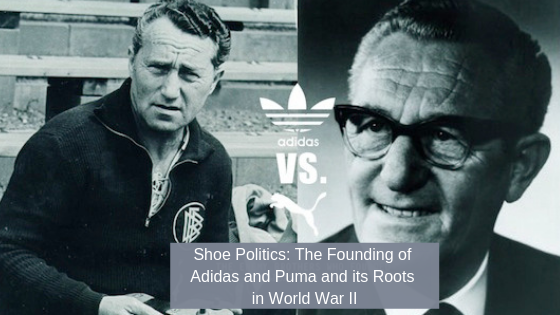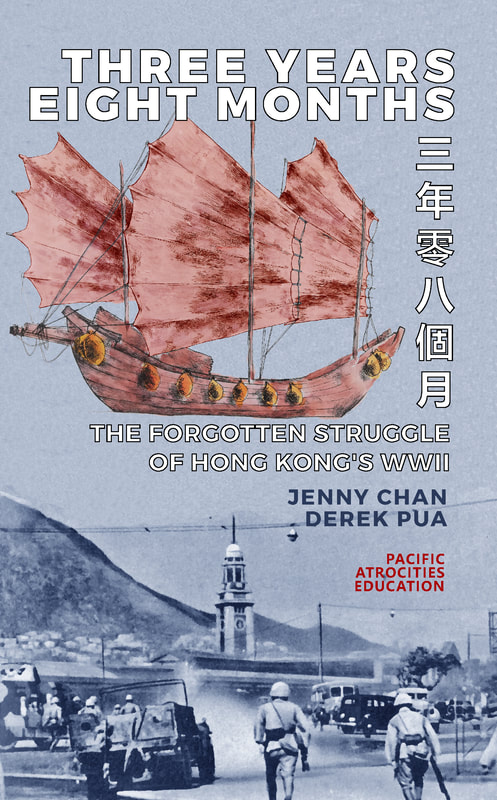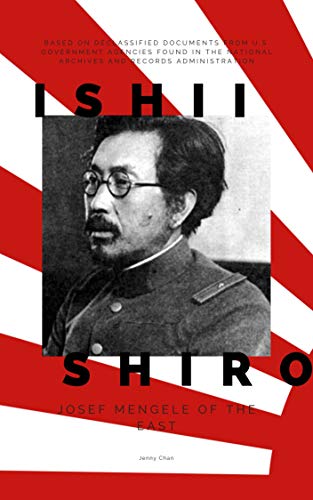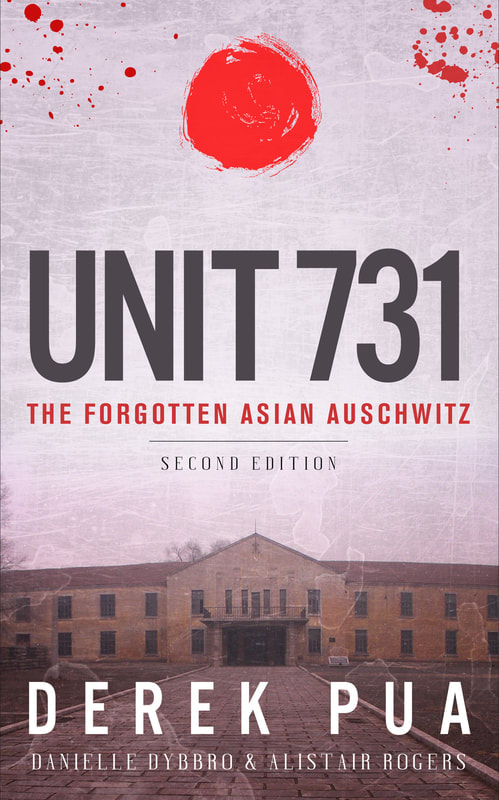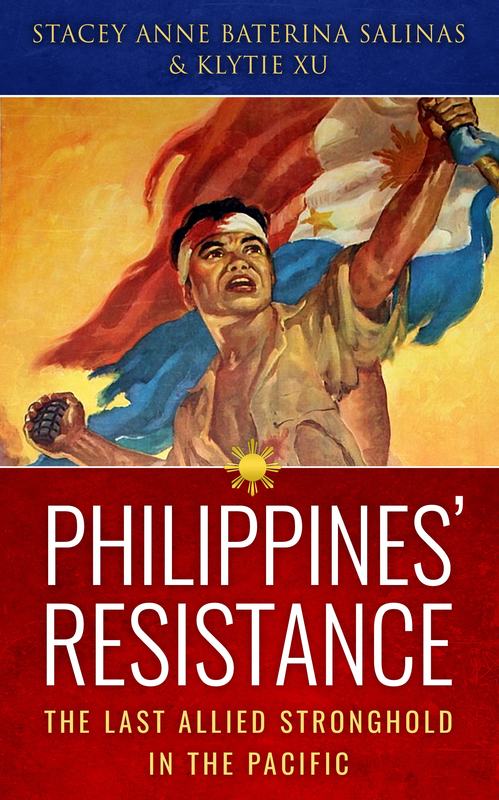|
by Nickii Wantakan Arcado With the recent conclusion of the 2019 Bay Area Book Festival in Berkeley, California, it was a given that we would want to suggest novels that are about or have been inspired by events during World War II. We hope the list below piques your interests just as it did ours. All the Light You Cannot See by Anthony Doerr A personal favorite of mine, All the Light You Cannot See is the story about a blind, female heroine named Marie-Laure and orphan, Werner Pfennig, and how their lives cross paths during the final days of the war. Uniquely written in two perspectives, the title of the novel is also a double entendre; the light that our female heroine cannot physically see as well as the motif of radio waves prominent throughout the novel. 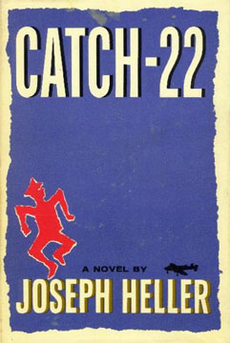 Catch-22 by Joseph Keller Known as one of the greatest novels of the 20th century, Catch-22 is a satirical (somewhat black comedy) novel on Captain John Yossarian, an American bombardier whose growing paranoia causes him both the war as a personal attack against him. The novel is told from a non-chronological third-person omniscient narration, jumping back and forth between various timelines yet closely following John’s attempts at escaping from his military missions. The title has been memorialized as a logical paradox in which an individual, regardless of their choices, are unable to escape due to contradictory rules and/or limitations in their situation.
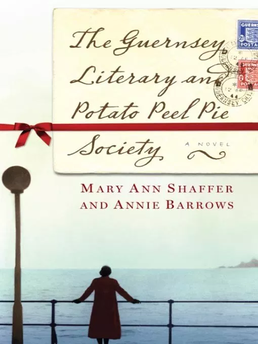 The Guernsey Literary and Potato Peel Pie Society by Mary Ann Schaffer and Annie Barrows Set during post World War II London, Juliet Ashton goes on an adventure to the island of Guernsey, where she finds the next subject of her new book-- a native man from the island along with the Guernsey Literary and Potato Peel Pie Society. As the story progresses, Juliet not only begins learning about the impact the German occupation had on the island and its inhabitants but learns more about herself as a writer during the process. 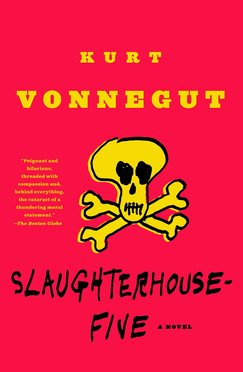 Slaughterhouse-Five by Kurt Vonnegut One of the weirdest books on the list if I do say so myself, Slaughterhouse-Five is packed with everything from bombings to aliens. The novel is centered around Billy Pilgrim, whose abduction by aliens plunges him through an odyssey of time to relive his past memories as a serviceman during the war. Chosen as one of the 100 best novels of all time by the Modern Library, the novel is undoubtedly anti-war, utilizing the infamous Dresden firebombing as its backdrop as well as serving as a metaphor for Vonnegut’s own experience as a prisoner of war.
 A Thread of Grace by Mary Doria Russell September 8, 1943. 14-year-old Claudette Blum, her father, and thousands of other Jewish refugees march towards the Alps towards Italy hoping to find safety with the news that the Italians have broken with the Germans. But Claudette soon realized that while by day, the country offers the hope for solace, by night, Italy becomes battleground fought between Nazis, Allies, resistance fighters, and everyone in between fighting for survival.
Related ArticlesRead and Learn More!
0 Comments
Leave a Reply. |
- Home
- Stories
-
Internship
- Summer 2024 Internship
- Summer 2023 Internship
- Fall 2022 Internship
- Summer 2022 Internship
- Summer 2021 Internship
- Fall 2020- Spring 2021 Internship
- Summer 2020 Internship
- Fall 2019 Internship
- Summer 2019 Internship >
- School Year 2018-2019 Internship
- Summer 2018 Internship >
- Fall 2017 Internship
- Summer 2017 Internship >
- Books
- Archives
-
Resource Page
-
Supplementary Research Guides
>
- Unit 731 - Guide >
-
Philippines' Resistance - Guide
>
- Philippines World War II Timeline
- The Japanese Invasion & Conquest of the Philippines
- Bataan Death March
- Formation of Underground Philippines Resistance
- Supplies of the Guerrilla Fighters
- The Hukbalahap
- Hunter's ROTC
- Marking's Guerrillas
- United States Army Forces in the Philippines of Northern Luzon (USAFIP-NL)
- The Aetas
- Chinese and Filipino-Chinese Nationalist Guerrilla Units
- The Female Faces of the Philippine Guerrillas
- Rising Sun Flag - Guide >
- Pinay Guerrilleras - Guide >
- Fall of Singapore - Guide >
- Three Years and Eight Months - Guide >
- Siamese Sovereignty - Guide >
- The Khabarovsk War Crimes Trial - Guide >
- Unit 731 Cover-up : The Operation Paperclip of the East - Guide >
- Marutas of Unit 731 - Guide >
- Prince Konoe Memoir - Guide >
- Competing Empires in Burma - Guide >
- Battle of Shanghai - Guide >
- Ishi Shiro - Guide >
- Taiwan The Israel of the East - Guide >
- Seeking Justice for Biological Warfare Victims of Unit 731 - Guide >
- Rice and Revolution - Guide >
- Clash of Empires - Guide >
-
Hunger for Power and Self-SufficiencyI - Guide
>
- The Influence of War Rations on Post-War Culinary Transformations
- How World War II Complicated Food Scarcity and Invention
- American Military Innovations
- Government-Sponsored Food Inventions in Europe during World War II
- Feeding the Army: The Adaptation of Japanese Military Cuisine and Its Impact on the Philippines
- Mixed Dishes: Culinary Innovations Driven by Necessity and Food Scarcity
-
Denial A Quick Look of History of Comfort Women and Present Days’ Complication - Guide
>
- The Comfort Women System and the Fight for Recognition
- The Role of Activism and International Pressure
- The Controversy over Japanese History Textbooks
- The Sonyŏsang Statue and the Symbolism of Public Memorials
- Activism and Support from Japanese Citizens
- The Future of Comfort Women Memorials and Education
- Echoes of Empire: The Power of Japanese Propaganda - Guide >
- Lesson Plans >
-
Supplementary Research Guides
>
|
Pacific Atrocities Education
730 Commercial Street San Francisco, CA 94108 415-988-9889 |
Copyright © 2021 Pacific Atrocities Education.
We are a registered 501 (c)(3) charity. |
- Home
- Stories
-
Internship
- Summer 2024 Internship
- Summer 2023 Internship
- Fall 2022 Internship
- Summer 2022 Internship
- Summer 2021 Internship
- Fall 2020- Spring 2021 Internship
- Summer 2020 Internship
- Fall 2019 Internship
- Summer 2019 Internship >
- School Year 2018-2019 Internship
- Summer 2018 Internship >
- Fall 2017 Internship
- Summer 2017 Internship >
- Books
- Archives
-
Resource Page
-
Supplementary Research Guides
>
- Unit 731 - Guide >
-
Philippines' Resistance - Guide
>
- Philippines World War II Timeline
- The Japanese Invasion & Conquest of the Philippines
- Bataan Death March
- Formation of Underground Philippines Resistance
- Supplies of the Guerrilla Fighters
- The Hukbalahap
- Hunter's ROTC
- Marking's Guerrillas
- United States Army Forces in the Philippines of Northern Luzon (USAFIP-NL)
- The Aetas
- Chinese and Filipino-Chinese Nationalist Guerrilla Units
- The Female Faces of the Philippine Guerrillas
- Rising Sun Flag - Guide >
- Pinay Guerrilleras - Guide >
- Fall of Singapore - Guide >
- Three Years and Eight Months - Guide >
- Siamese Sovereignty - Guide >
- The Khabarovsk War Crimes Trial - Guide >
- Unit 731 Cover-up : The Operation Paperclip of the East - Guide >
- Marutas of Unit 731 - Guide >
- Prince Konoe Memoir - Guide >
- Competing Empires in Burma - Guide >
- Battle of Shanghai - Guide >
- Ishi Shiro - Guide >
- Taiwan The Israel of the East - Guide >
- Seeking Justice for Biological Warfare Victims of Unit 731 - Guide >
- Rice and Revolution - Guide >
- Clash of Empires - Guide >
-
Hunger for Power and Self-SufficiencyI - Guide
>
- The Influence of War Rations on Post-War Culinary Transformations
- How World War II Complicated Food Scarcity and Invention
- American Military Innovations
- Government-Sponsored Food Inventions in Europe during World War II
- Feeding the Army: The Adaptation of Japanese Military Cuisine and Its Impact on the Philippines
- Mixed Dishes: Culinary Innovations Driven by Necessity and Food Scarcity
-
Denial A Quick Look of History of Comfort Women and Present Days’ Complication - Guide
>
- The Comfort Women System and the Fight for Recognition
- The Role of Activism and International Pressure
- The Controversy over Japanese History Textbooks
- The Sonyŏsang Statue and the Symbolism of Public Memorials
- Activism and Support from Japanese Citizens
- The Future of Comfort Women Memorials and Education
- Echoes of Empire: The Power of Japanese Propaganda - Guide >
- Lesson Plans >
-
Supplementary Research Guides
>
